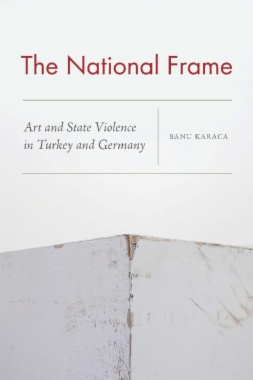

Based on long-term ethnographic research in the art worlds of Istanbul and Berlin, The National Frame rethinks the politics of art by focusing on the role of art in state governance. It argues that artistic practices, arts patronage and sponsorship, collecting and curating art, and the modalities of censorship continue to be refracted through the conceptual lens of the nation-state, despite the globalization of the arts. By examining discussions of the civilizing function of art in Turkey and Germany and particularly moments in which art is seen to cede this function, The National Frame reveals the histories of violence on which the production, circulation, and, very understanding of art are predicated.
Karaca examines this darker side of art in two cities in which art and its institutions have been intertwined with symbolic and material dispossession. The particularities of German and Turkish contexts, both marked by attempts to claim modern nationhood through the arts; illuminate how art is staked to memory and erasure, resistance and restoration; and why art has been at once vital and unwieldy for national projects. As art continues to be called upon to engage the past and imagine different futures, The National Frame explores how to reclaim art’s emancipatory potential.